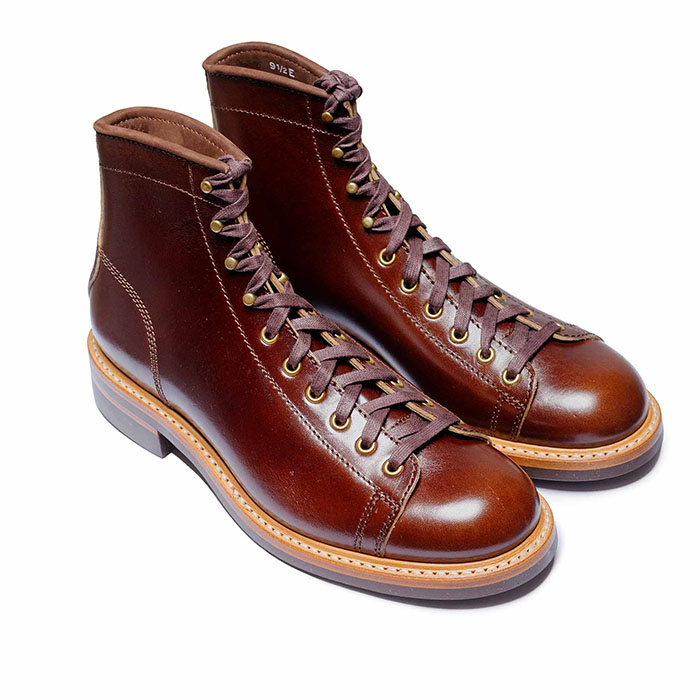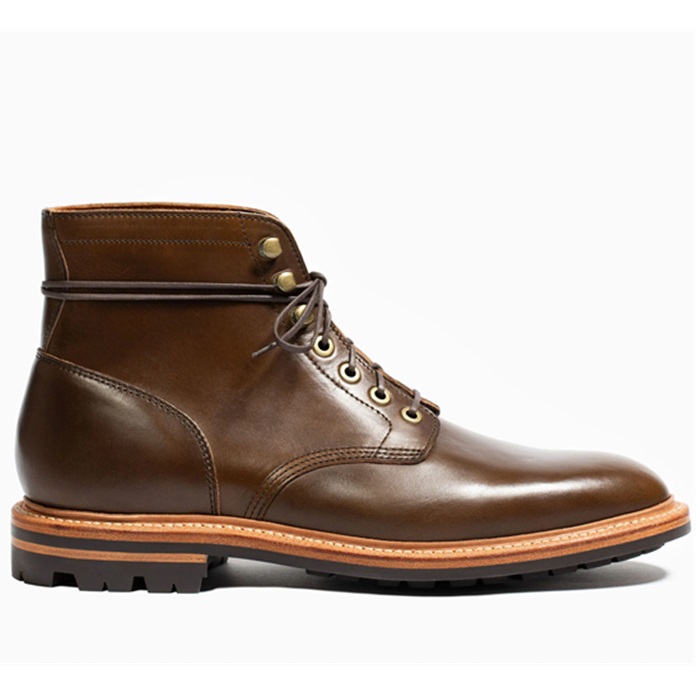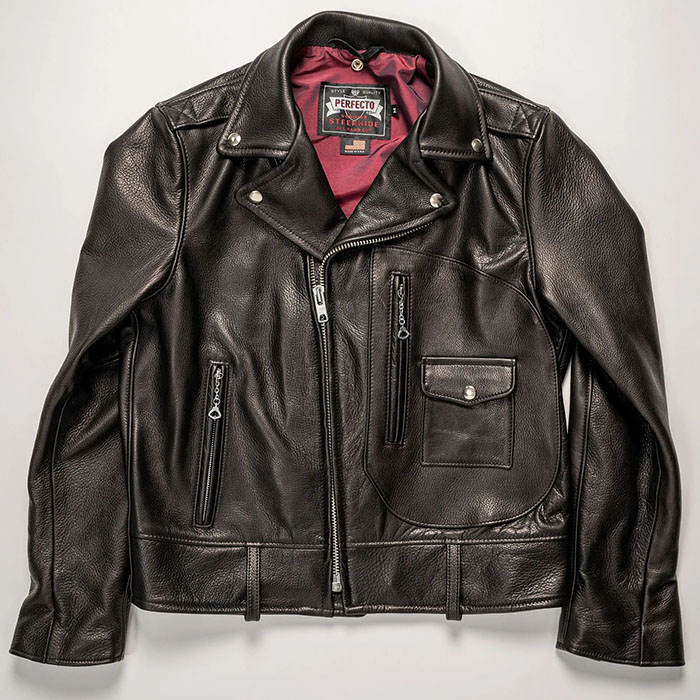Studebaker Driver
One of the Regulars
- Messages
- 224
- Location
- The Big Valley in the Golden State
Why hadn’t this occurred to me before? Makes perfect sense.No, in the US traffic has always passed on the right as it does today. It was customary to have steering wheels on the right side early on - a carry-over from horse and wagons/buggies. The greater concern then was how close the driver was to the curbstone or boardwalk and how close his wheels were getting to the ditch that ran along many roads.
Carriage drivers still drive from the right side, but as soon as cars hit the road with their greater speed, they wanted to overtake slower cars and wagons. With the driver seated on the right, nearly the entire car had to move out into the oncoming traffic lane to gain a view of the road ahead and this practice led to horrific head-on accidents. A few auto makers began the transition, but the clincher was when Ford, with the introduction of the Model T in October of 1908, put the steering wheel on the left. Not only could drivers now see ahead by edging out a foot or so, passengers no longer had to enter the car from the street side, they could enter and exit directly onto the sidewalk.
Few makers held onto the right hand drive configuration, most notably Pierce-Arrow and Stutz, which clung to it until the early 1920s.
 John Lofgren Monkey Boots Shinki Horsebuttt - $1,136 The classic monkey boot silhouette in an incredibly rich Shinki russet horse leather.
John Lofgren Monkey Boots Shinki Horsebuttt - $1,136 The classic monkey boot silhouette in an incredibly rich Shinki russet horse leather.  Grant Stone Diesel Boot Dark Olive Chromexcel - $395 Goodyear welted, Horween Chromexcel, classic good looks.
Grant Stone Diesel Boot Dark Olive Chromexcel - $395 Goodyear welted, Horween Chromexcel, classic good looks.  Schott 568 Vandals Jacket - $1,250 The classic Perfecto motorcycle jacket, in a very special limited-edition Schott double rider style.
Schott 568 Vandals Jacket - $1,250 The classic Perfecto motorcycle jacket, in a very special limited-edition Schott double rider style. 



My Great-Great Grandfather had a pair of Pierce Arrows in the 20s/30s. I will have to check with my Grandma, but I believe she has photos of them.Knowing he was an avid auction fan and follower, I asked a friend about auction results last year for a car sale held in Texas. After a few back-and-forth remarks about a small number of cars of interest, my friend encouraged me to approach another friend about a car he might sell privately. I was not in the market for any more cars, the garage is so full I couldn't throw in a glass of water. But I contacted the selling party and he was agreeable.
The car is one I have known for about 30 years. It is a 1918 Pierce-Arrow Model 48 with an uncommon body type; a coupe. There are a few around, but people are more likely to see touring cars and the occasional roadster. A peculiarity of Pierce-Arrows at that time was the construction of their bodies. Fenders and hoods are steel, but the entirety of the bodies are cast aluminum panels riveted and welded together.
The quality of the car is truly unequalled. I've been around cars a long time and have seen train loads of high-quality early Rolls-Royces, Packards, etc., but the Pierce execution and attention to detail is astonishing. It leaves me shaking my head; how did they even DO that. It is a truck of a car, with a 525 cubic inch six cylinder T-head engine, with two intake and two exhaust valves with two spark plugs per cylinder. The wheelbase is 142"; 25" wire wheels are by Rudge-Whitworth and carry 35x5 tires.
It was "rescued" as a collector car in 1939 (!), when it was only 21 years old! The owner at that time was Bob Speer, who drove and showed the car often at early VMCCA events. Speer later drove in the 24 hr Le Mans Races and even later owned a racing team.
One of my favorite features of the car is the Westinghouse Air Spring suspension, the black columns at both ends of the car. The upper cylinder is filled with compressed air, causing a piston to press down on the ends of the car's leaf springs, lifting the car slightly. The entire weight of the car is now borne on that cushion of air. The car rides like a 6,000 lb. baby buggy without a squeak or rattle. There is an integral air compressor on the transmission to provide pressurized air to adjust the ride if desired, or to pump up a low tire, on the road.
Crazily, the car cannot be started from the driver's seat. Fuel is sent to the carburetor by air pressure, supplied by a small hand pump in the instrument board on the firewall. After about 2 lbs. is raised, the primer is pushed to squirt some gasoline into the intake manifold. Key on, ignition switch set to "2" so both plugs fire, the spark lever retarded and the hand throttle set. Only then can the starter button be pressed, normally causing the engine to burst to life like a tractor. With the exception of the spark control lever and the hand throttle, which are under the steering wheel, NONE of the controls are within reach. So Pierce politely provided a small seat, a stool really, for the driver to perch while starting the car. Once running, a tiny pump driven by a cam lobe keeps air at 2 lbs on the fuel. The hand levers are adjusted for smooth running and the carburetor dialed as the engine warms. The driver rises from his stool and lifts the cushion to stow it out of the way, then moves to his seat behind the steering wheel. The heavy nickel-plated gear shift lever for the four speed transmission and the long hand brake lever are contoured to fit snugly between the driver's right knee and the right-hand door. The passenger sits to the left of the driver and about a foot behind, giving the driver unparalleled vision. If required, a third party could be offered the accommodation of the stool the driver used for starting, though there is no backrest, but they could lean against the inside of the car.
The big, boxy trunk is practically filled by the spare wheel, jack and tools, leaving the fenced-in deck on top available for all your luggage carrying needs.
View attachment 678799 View attachment 678799 View attachment 678800 View attachment 678801 View attachment 678802